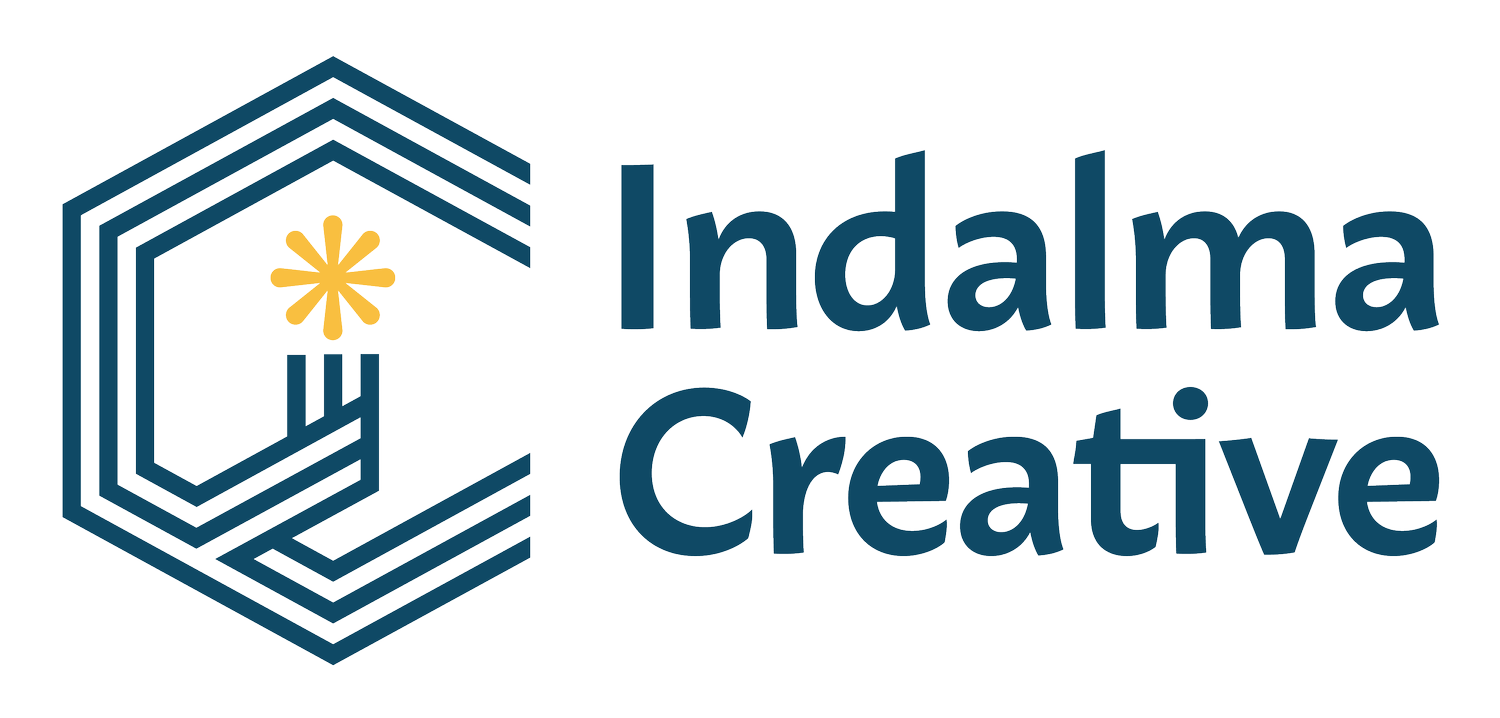How Customer Profiles Can Help You Focus Your Business
We can’t predict the future, but we do know that for many sectors, buyer expectations and habits are changing. On the one hand, there’s a push to buy local to make sure that our neighbourhoods remain vibrant, and that we have more control over our supply chains and quality, on the other hand, business at Amazon is booming.
In the face of this uncertainty, it’s time for us all to check in again with our target markets. If they’re hooked on curbside pickup, doing yoga in their living rooms, or grocery delivery, then these habits are going to carry on well past the discovery of a vaccine. It will be important over the coming year to keep an eye on your people and not assume that they have the same needs and habits they had in the past.
It will also be important to keep an eye on your competition – how has the landscape changed, and what are the leaders in your industry doing to innovate and adapt?
Buyer personas can help you target your marketing
Before you invest money in marketing and design, it’s important to know your target market’s “who”, “where” and “what”. Who are they? Where are they? What do they want?
And here, we’re not talking about a rough sketch of your potential client, we’re talking about the details of who they are, and how and why they buy. Knowing these fundamentals will save you time and money down the road.
When we begin a major marketing project for a new client we often create buyer personas, or profiles, of their ideal customers. Turning a generic target market of 19 to 35 year-old males, for example, into people with specific lifestyles, occupations, buying habits, and hobbies helps to anchor and focus the work at every stage. It makes it sharper, more relevant, and keeps us on course.
For a recent craft beer client, for example, one of the buyer personas we explored was the craft beer influencer. For this customer, (who is usually a male), being the first to find and try interesting new beers and beer experiences is part of his identity. He likes to discuss his choices, defend and share them.
We looked at the influencer’s goals and then we looked at how we could deliver – from the labels, to the story behind the beer, to the tasting room experience. It wasn’t the only buyer persona we created for this client, we had others, including the locals who would visit this brewery. By understanding the specific needs of a range of potential customers, we were able to prioritize our messaging and create ambassadors for the brand in diverse groups.
With a little research, you can sketch out a buyer persona
Small businesses don’t need a marketing research department to begin to sketch out their buyer personas. One of the advantages of being small is that you often deal with your people face-to-face on a daily basis. With a little thought, some time spent talking to your people, and the internet, you can begin to describe who your core customers really are and what they want.
Look in your contacts database, talk to your sales staff, and take a look at industry data. Along the way, you may even discover potential new customers, new needs you can fill, or that you need to shift your focus to serving a different, more profitable group.
Sounds like time you don’t have? Buyer personas can help you make quick, informed decisions under pressure: when you’re invited to run an ad at the last minute, offer a new service or product, or participate in an event. Knowing who your people are, where they are, and what they want helps keep you focused.
Looking for more ideas from StudioTalk?
StudioTalk is our free, quarterly newsletter full of practical design, branding, and customer relationship-building ideas to help you grow your business.



